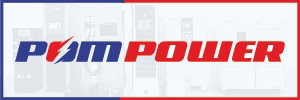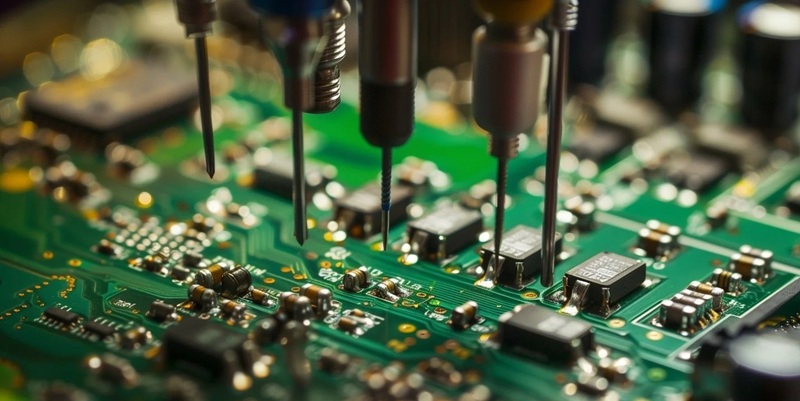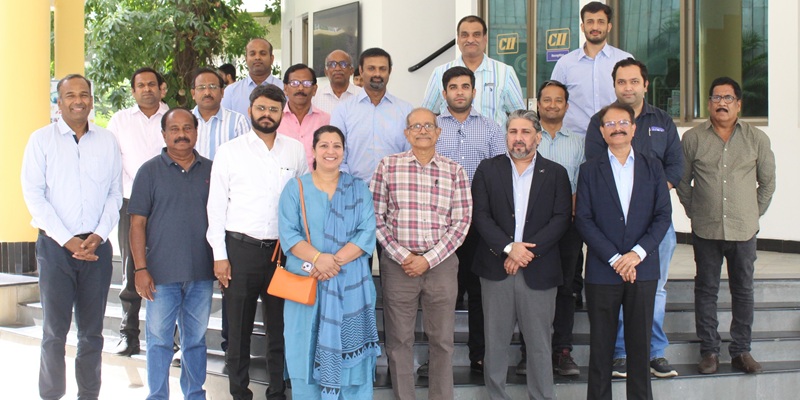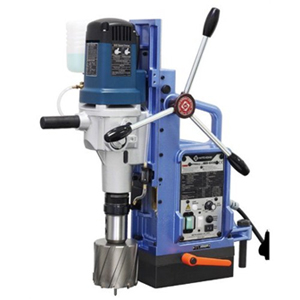Schedule a Call Back
KONECRANES introduces new Fuel-Saving RTG Crane
 Industry News
Industry News- Aug 19,11
 Konecranes has introduced a new type of fuel-saving RTG crane featuring a variable-speed diesel alternator system. This innovative solution diminishes fuel consumption significantly by eliminating high-speed idling, and it reduces noise and emissions.
Konecranes has introduced a new type of fuel-saving RTG crane featuring a variable-speed diesel alternator system. This innovative solution diminishes fuel consumption significantly by eliminating high-speed idling, and it reduces noise and emissions.
Fuel consumption is the critical issue in any yard where hundreds of containers are handled each day. Konecranes has developed the technology to cut down fuel costs of modern RTG. The objective was to come up with a solution that would allow handling containers with a little fossil fuel as possible, thus reducing with the noise and emissions. Simultaneously the productivity of RTG should not be compromised. The productivity of fuel-saving RTGs should be equal to that normal RTGs. Initially, the idea was to use as many reasonably priced, previously used components as possible but combine them in a new way.
The company analysed that programmable logic controllers can be used to calculate the generator power needed and to regulate the engines running speed. Konecranes invested lot of efforts to develop a unique voltage regulator with its suppliers, which was different from normal ones in that output voltage of the alternator was most linear with the rotation speed of the alternator's axle. When the rotation speed changes, the frequency and voltage changes correspondingly. Instead of a constant voltage, it is variable. Having seen the principle of this voltage regulator in action, Konecranes realized that once we had developed the diesel motor control algorithm, the rest of the project would not be a problem. Volvo Penta, a regular supplier of Konecranes helped to understand the control of a modern diesel engine.
The RTG duty cycle is the key to fuel savings. The company has studied the real operation of port RTGs and has established that most of the usage time consists of 0 % to 25% load, with 75 to 100 % of full capacity representing only the marginal part of power spectrum. This shows that high speed idling produces enormous fuel losses, and it demonstrates the need to produce only the amount of energy that is really needed at any given time.
Konecranes fuel-saving system operates on the principle of calculating the power needed by the PLC and the diesel engine speed is adjusted to be equivalent to the power required. The PLC contains all the intelligence inherent in the system and it has several cutting-edge features. The diesel engine is driven with optimal efficiency at all operating points, which eliminates high-speed idling completely. The DC-bus voltage is controlled by the active supply unit, which functions independently from the speed of the diesel alternator. Full scale productivity is thus also available with lower diesel alternator speeds. The less speed, the lower the losses, with less fuel consumed and diminished fuel consumption results in lower noise and fume emissions.
(Sandeep Jadhav, Asst. Manager - Marketing, Konecranes - Lifting Businesses. Mobile: 086001-07885. Email: sandeep.jadhav@konecranes.com)
Related Products
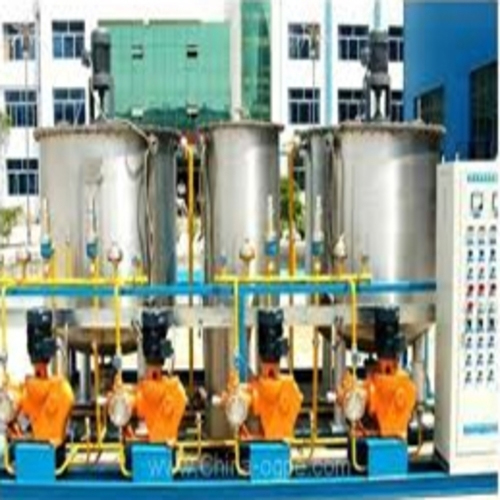
Ozone System
Omnicorp Environs & Infratech Co offers a wide range of ozone systems.
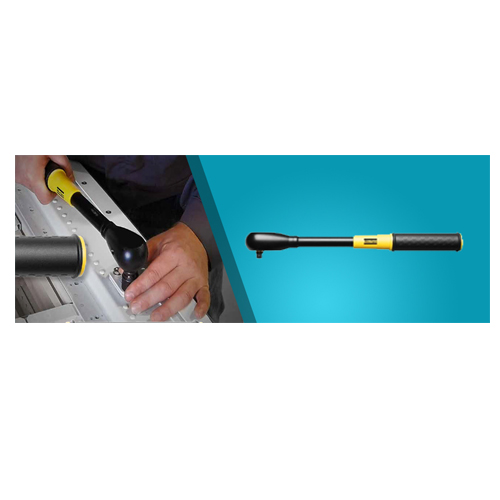
SWR ’Slipping’ Wrenches
Reliable
Trade Links offers a wide range of SWR ’slipping’ wrenches.

Gripping Systems – Rgg
Schunk Intec India Pvt Ltd offers a wide range of Gripping Systems – RGG - cleaning
device with shank interface.


